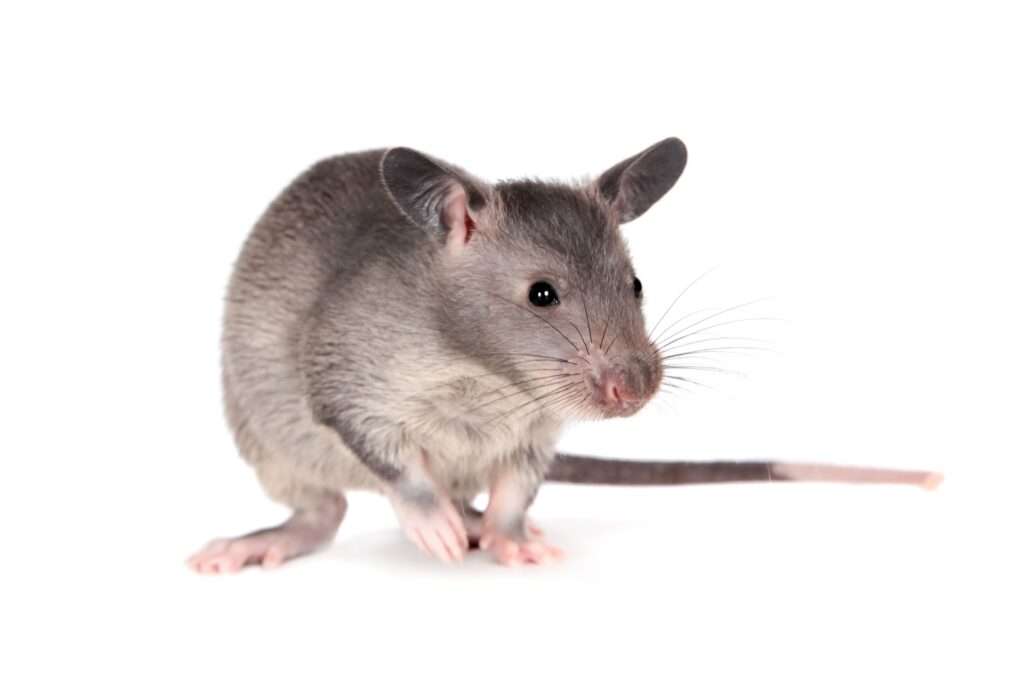
The lifespan of a Syrian hamster, sometimes called a golden or teddy bear hamster, is two to three years. They need their own enclosure because they are normally solitary animals. Young hamsters who are handled frequently typically have a friendly disposition. However, because they are nocturnal, waking them up during the day may make them agitated.
As Pet/ In Captivity

Temperament and behavior
Syrian hamsters spend the day sleeping and are active at night. Although they are often calm pets, if their enclosure is in your bedroom, their nighttime activities may keep you awake. These hamsters can conform to their caretakers’ schedules to some extent, but you should never pick up a sleeping hamster. If startled or handled improperly, some hamsters may bite. So the best times to interact with your hamster are in the early morning or late at night. Your hamster should become accustomed to being handled by others as long as you don’t squeeze it or move it about while holding it.
Housing
It is best to provide as spacious an enclosure as you can for a Syrian hamster, as this will be its primary exercise space. The cage should be at least 1 foot by 2 feet and 1 foot tall. There are two primary cage options: a wire-topped plastic base or a normal glass or plastic aquarium with a closely fitting mesh top. The wire cages allow for more airflow while providing less draught protection.
Eat and Drink
Feed your Syrian hamster nuts, grains, and seeds, as well as fruits and vegetables like apples, broccoli, carrots, cauliflower, and pears. Because Syrian hamsters are omnivores, supplement their diet with hardboiled eggs or feeder insects. If you use a commercial food blend, the additional meals should not account for more than 10% of the hamster’s total diet. However, check your veterinarian for the appropriate amount and variety to feed, as this varies depending on age and size.
Keep a dish of dry food in the enclosure at all times, and discard uneaten food after 24 hours. Hamsters normally graze, accumulating food in cheek pouches and storing it somewhere for later.
Water: Furthermore, always give a clean source of water for your hamster that is refreshed on a daily basis. Many people like water bottles because they are easier to clean. However, until your hamster learns to drink from the bottle, you can use a shallow dish for water.
Exercise
Your hamster should be able to stay fit if it has a spacious enough enclosure to wander about in plus an exercise wheel. Exercise is essential for preventing obesity and other health problems. When your hamster is out of the enclosure, you can place it in an exercise ball and let it roll around your floor safely. When your hamster is not in its enclosure, keep an eye on it.
The Benefits and Drawbacks
Syrian hamsters are low-maintenance, peaceful, and fascinating pets. They’re entertaining to watch and can be trained to be held. They are, nevertheless, delicate tiny animals that require cautious handling. And because they are usually asleep for the majority of the day, you may not see them at their most active.
Buying or Adopting a Syrian Hamster
The best alternative to buying a Syrian hamster from a pet store is from a reputable breeder or rescue organization. Good breeders and rescues typically provide their animals great care, and they need to be able to give you specific information about an animal’s lineage and medical background. The price should be around $20, however it can change depending on the animal’s age and color.
Table





